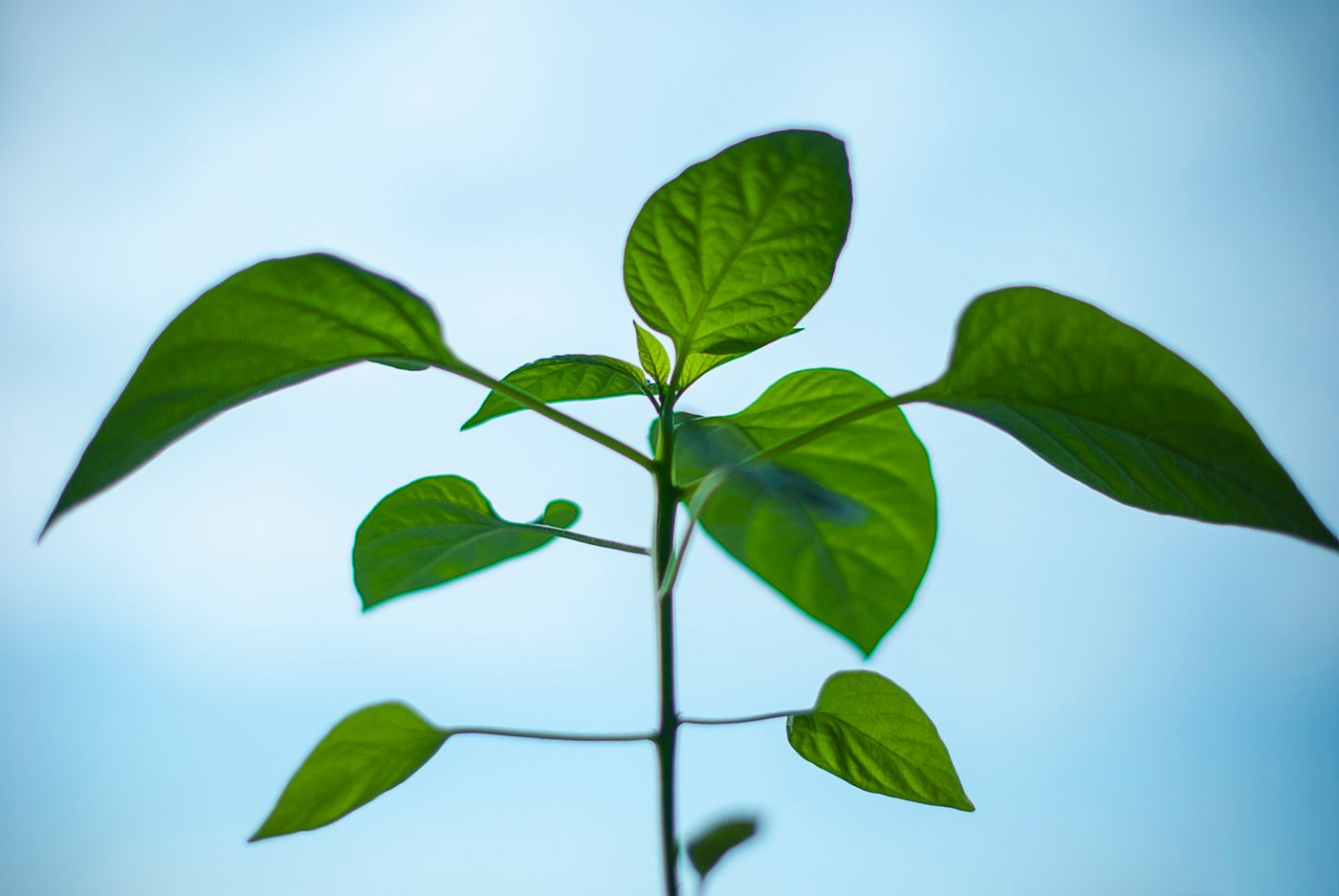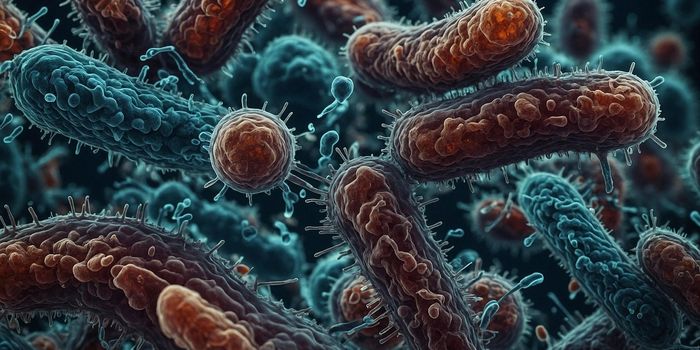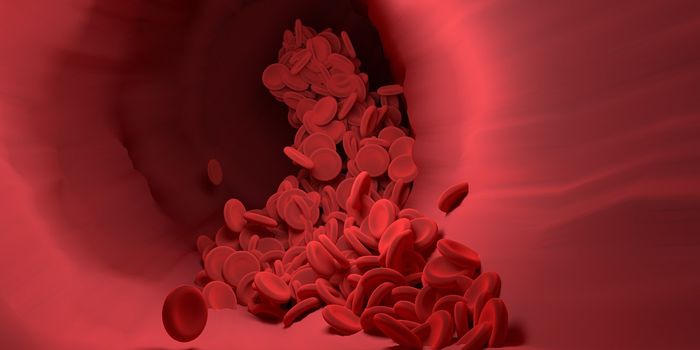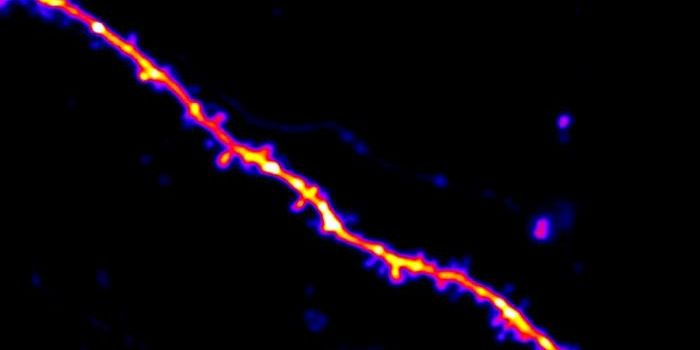Genes encode for proteins, and proper function of the human body depends on the regulation of the gene expression by the cell. RNA is the intermediary between genes and proteins; genes are transcribed into RNA, which is then translated into protein. The cell must be able to degrade RNA transcripts when necessary. Researchers at the University of Pennsylvania have gained some insight into that process.
New work, led by Brian D. Gregory, an Associate Professor in the Department of Biology at Penn, along with postdoctoral fellow Xiang Yu and
published in the journal Plant Cell, has elucidated new details on the mechanism of RNA degradation. The researchers have shown that in plants, RNA can be transcribed and degraded at the same time and in the same space. The data builds on reports of a similar process that happens in yeast, which indicates that it may be something that has been maintained in organisms through evolution; it is evolutionarily conserved. The scientists suspect this is an important feature of genetic regulation.
"RNA degradation is, in my opinion, an overlooked aspect of gene regulation," explained Gregory. "The point being that it's just as important as gene expression, which we all think about. Our contribution here is to show that degradation doesn't have to happen separately from translation. We see that some percentage of RNA is being degraded as the ribosome moves down the length of the transcript. It's happening co-translationally."
After genes are transcribed, the new RNA molecule can be processed in a variety of ways that influence how it eventually gets degraded. The machinery of the cell can easily recognize aberrant transcripts and tag those for degradation as well. A transcript is single-stranded, and has directionality with one end designated 5′ while 3′ is the other. Degradation can begin at either end, and usually happens in the cytoplasm of a cell through several mechanisms such as nonsense mediated decay, exonuclease degradation by Xrn1 at the 5′ end, or 3′ degradation by the exosome. The video below explores RNA degradation.
For this work, the team utilized a method created by Gregory during his postdoc, in which RNA molecules that are undergoing cleavage or are in the process of being degraded are identified. The technique is called GMUCT, genome-wide mapping of uncapped and cleaved transcripts.
The researchers analyzed flower bud RNA of Arabidopsis by GMUCT. The transcripts that were degrading as they were translating were separated from those that were probably cleaved by another process, one which is controlled by the same signal seen in the yeast - a cleavage event happening 16 to 17 nucleotides upstream of messenger RNA stop codons (where translation ceases). This location is the same place in which the 5-prime edge of where a ribosome sits on the transcript during the termination of translation.
"We see that the degrading RNA is associated with the ribosome in plants, just as it had in yeast," Yu explained. "Many molecular events are coupled together. For example, gene transcription is coupled with splicing. So this is another example of a coupling, where two molecular events are linked in space and time."
To delve into this coupling event, the researchers focused on the places where the ribosome paused during the process of simultaneous degradation and translation. They found that the ribosome paused at stop codons, which can be designated by one of three different sequences. Interestingly, they found a difference between those three different sequences.
"Until now, everyone has thought that it doesn't matter which stop codon you use, that they all do the same thing," said Gregory. "From our data, it looks like the kinetics of the interaction between ribosome and transcript are distinct for each type of stop codon, or that there may be a distinct complex of proteins associated with each.” Translation efficiency could be influenced by the sequence of the stop codon.
Another region where regulation may be occurring was found by the scientists, in a part of the RNA that is not made into protein. These areas, upstream open reading frames, or uORFs, were detected by the investigators because of peaking cleavage points in specific parts of the uORFS and pausing at stop codons in the uORFs. The untranslated parts of the RNA seem to be impacting the translated parts.
"A lot of these active upstream open reading frames regulate the downstream open reading frames in a very tissue-specific and developmentally-specific manner, so we can use our approach to find out which ones are active in whatever tissue you're profiling," Gregory explained.
Additionally, the researchers looked at the roles of various molecules in the process of RNA translation/degradation. They determined that XRN1, which catalyzes RNA degradation, has a role, as well as ABH1, which is a part of a complex that processes and splices RNA. The data suggests that this process could be critical to the regulation of genes that are involved in stress response.
"This process looks like a very potent way to get rid of the transcripts that you need to get rid of in order to have a proper stress response," commented Gregory.
"It seems reasonable that co-translational decay would be a more efficient, faster process than some of the classical, known degradation pathways," Yu concluded.
The researchers plan to investigate how this process is affected by various tissue types, as well as looking for indications of this process in other organisms, including humans.
Sources:
Phys.org via
University of Pennsylvania,
Plant Cell









